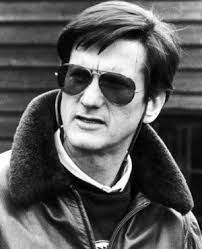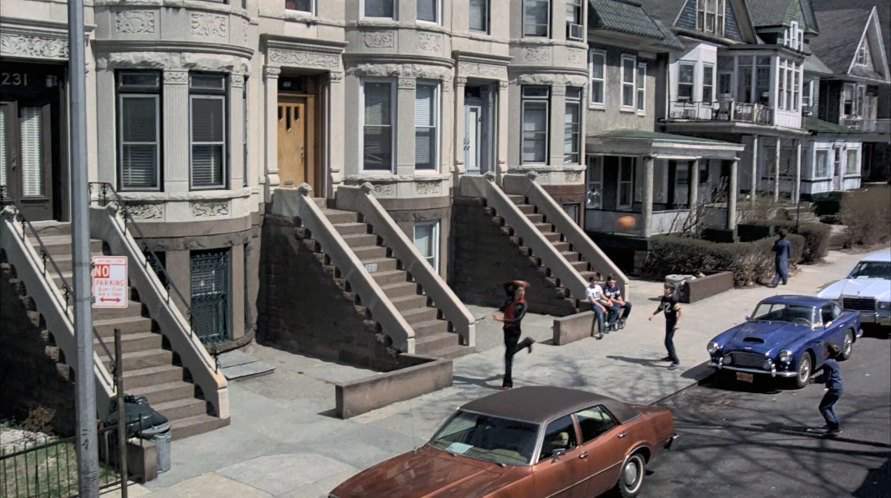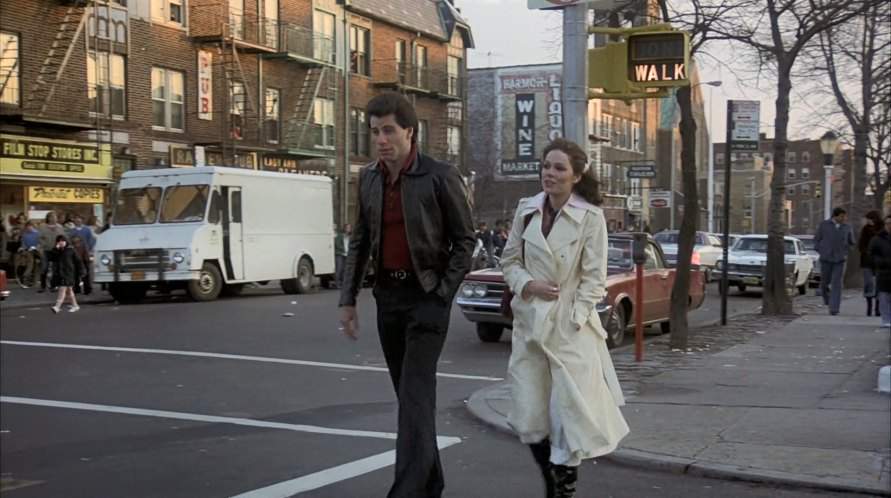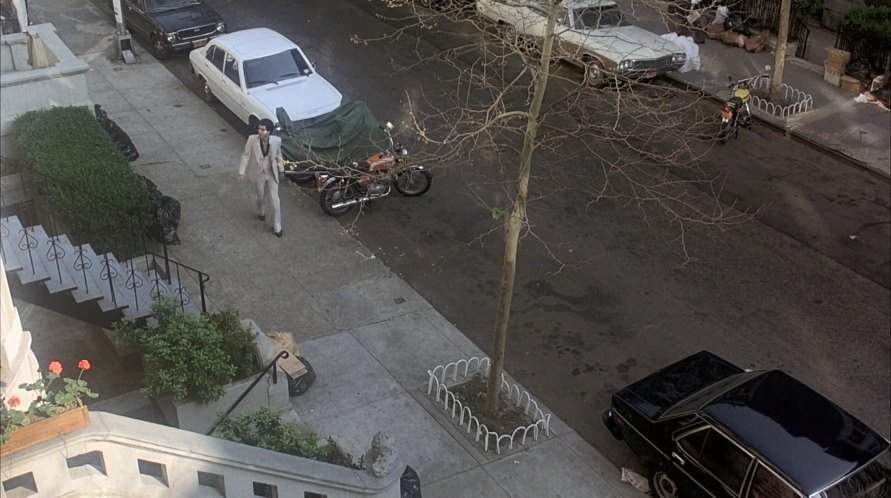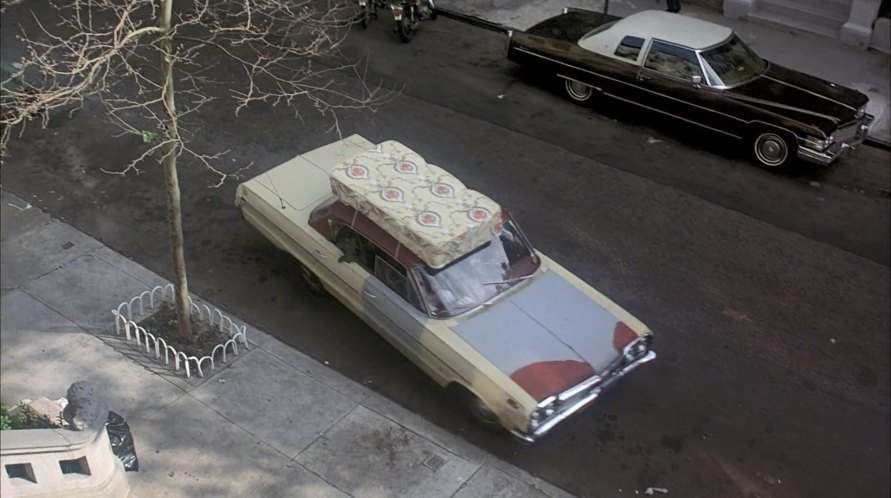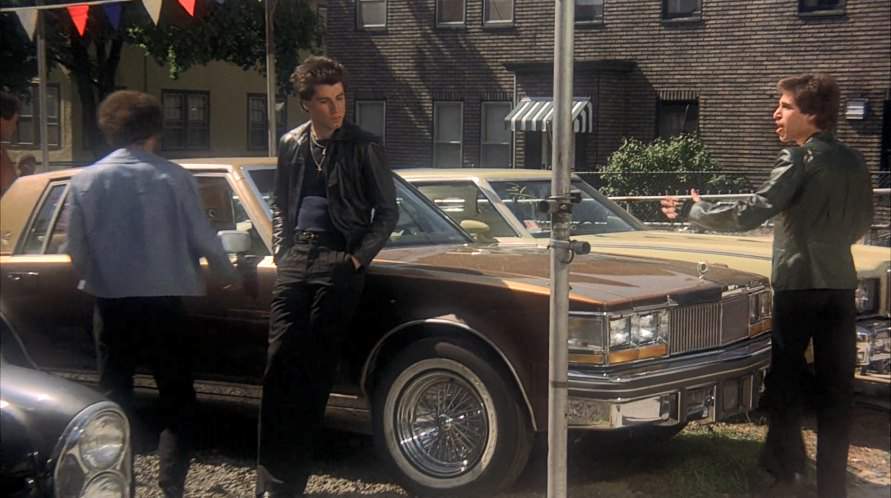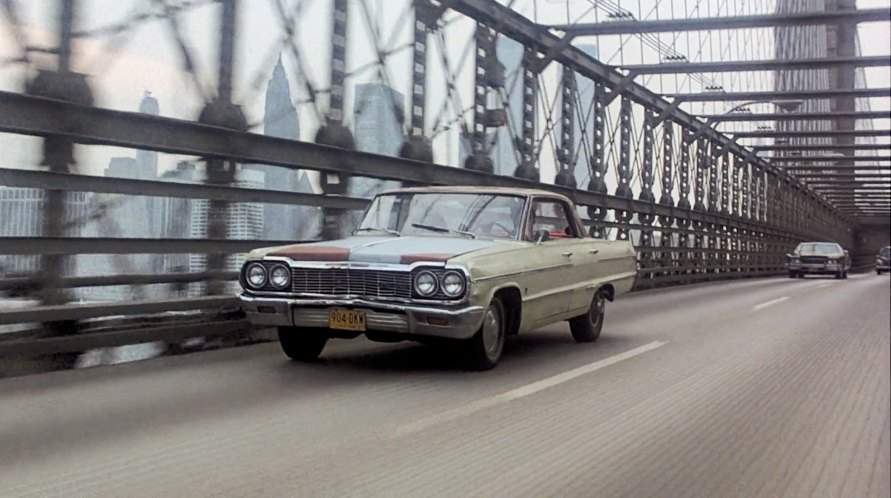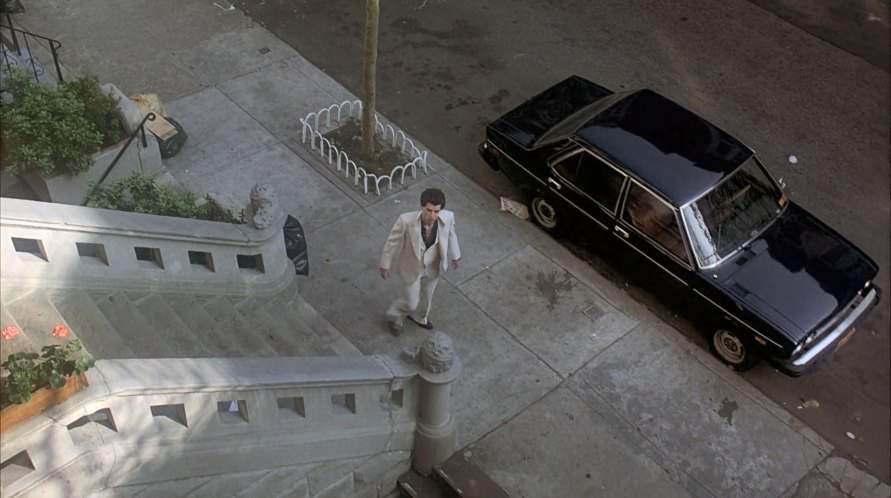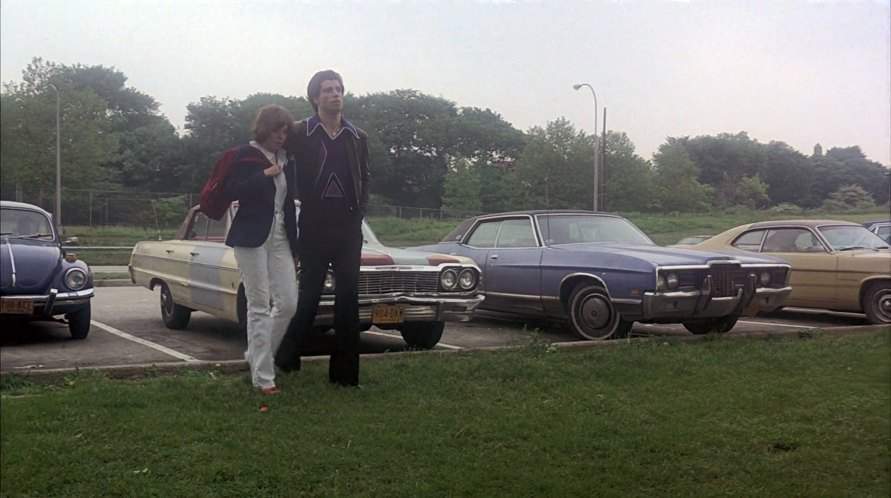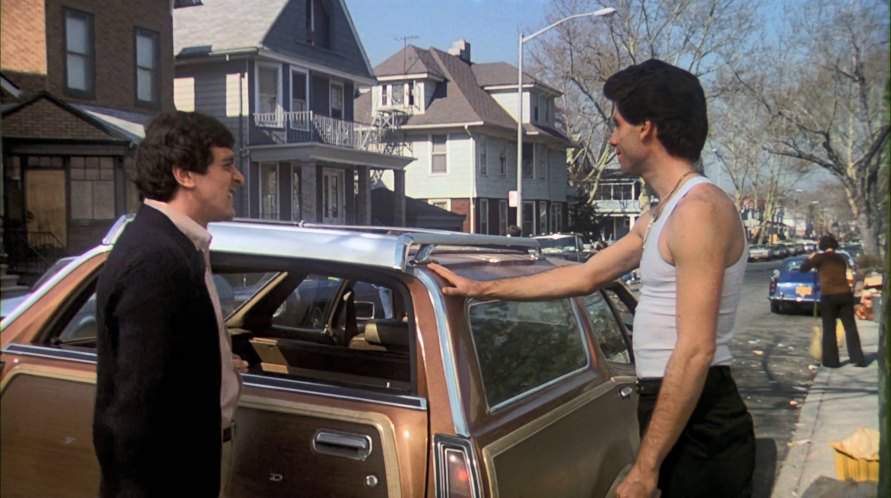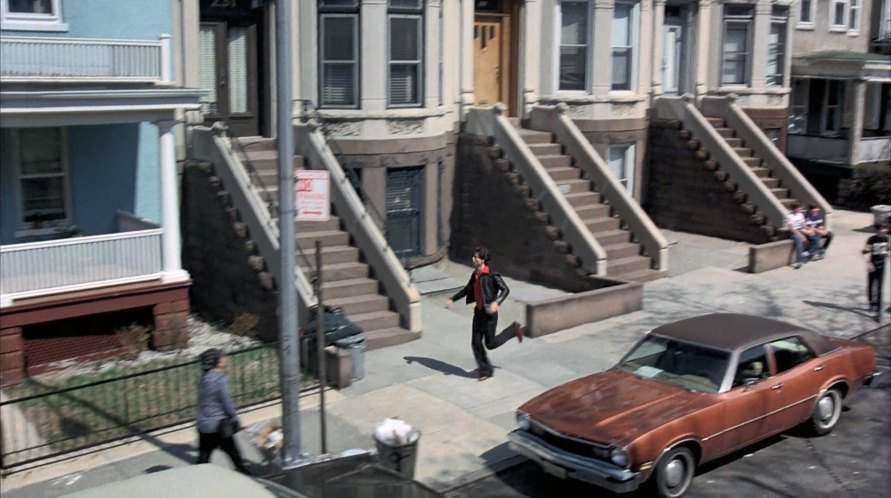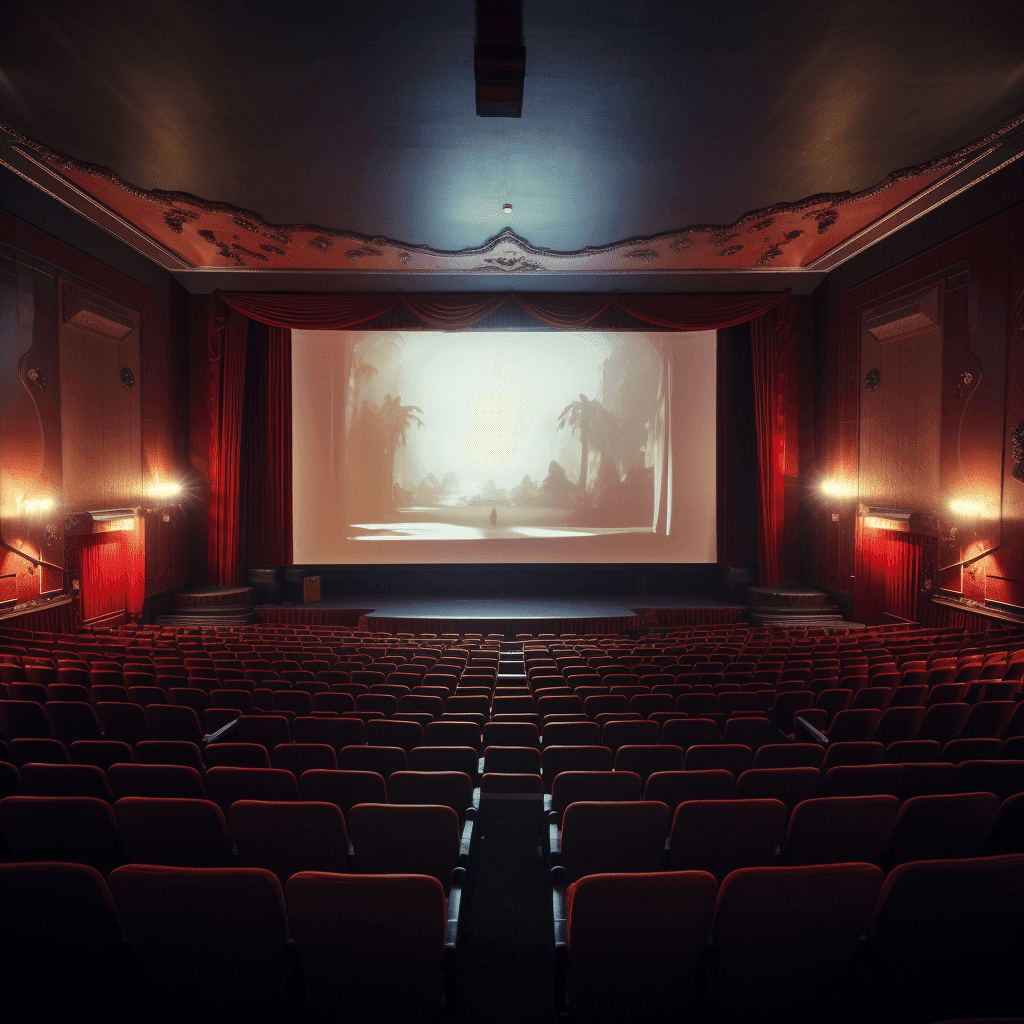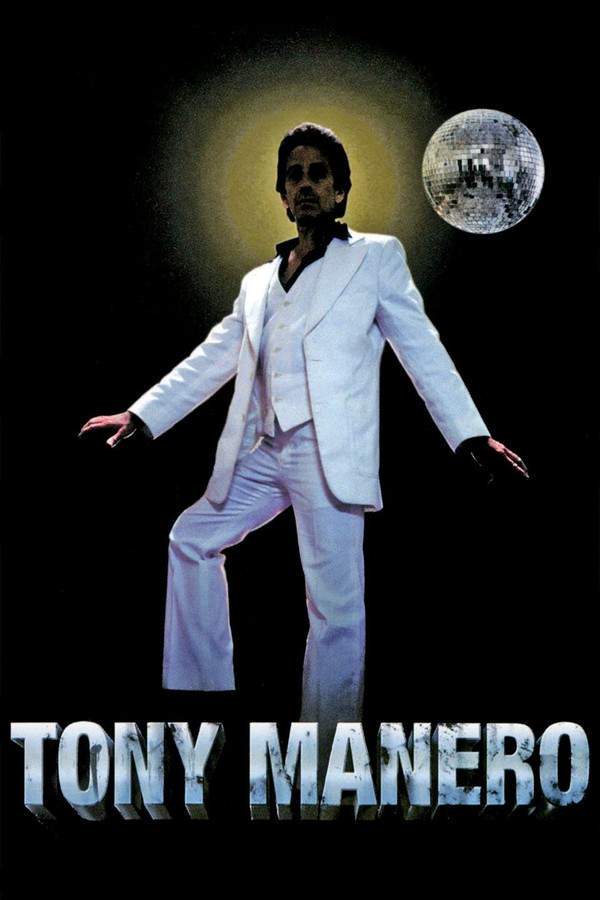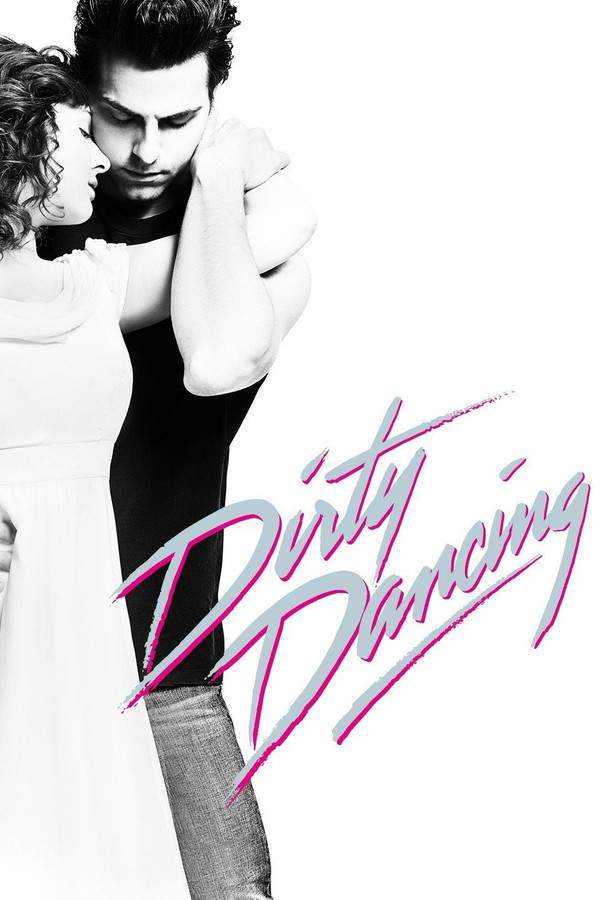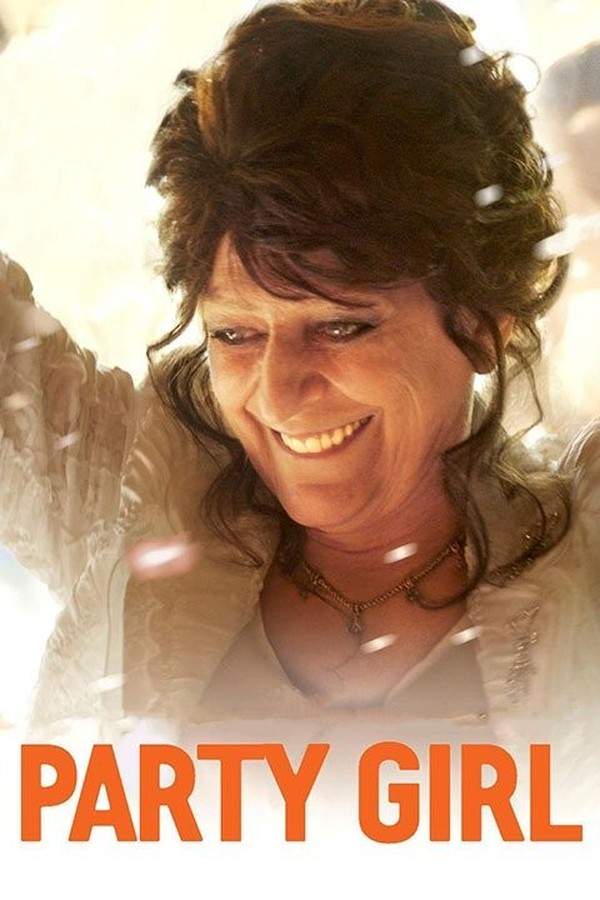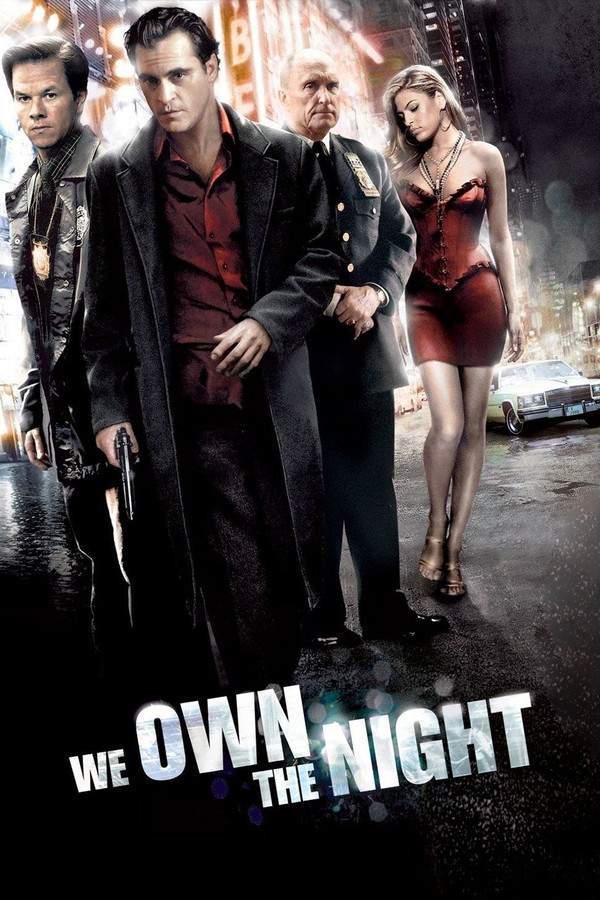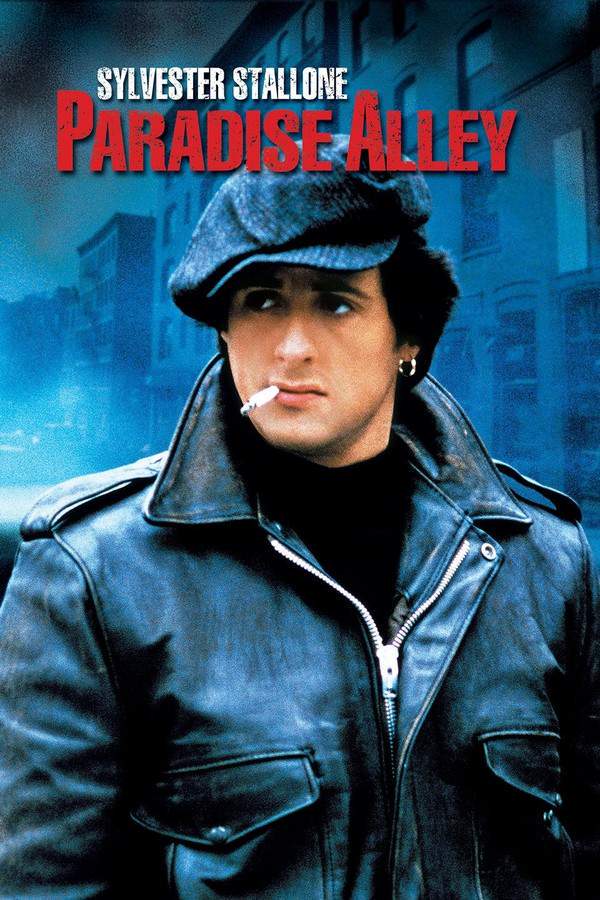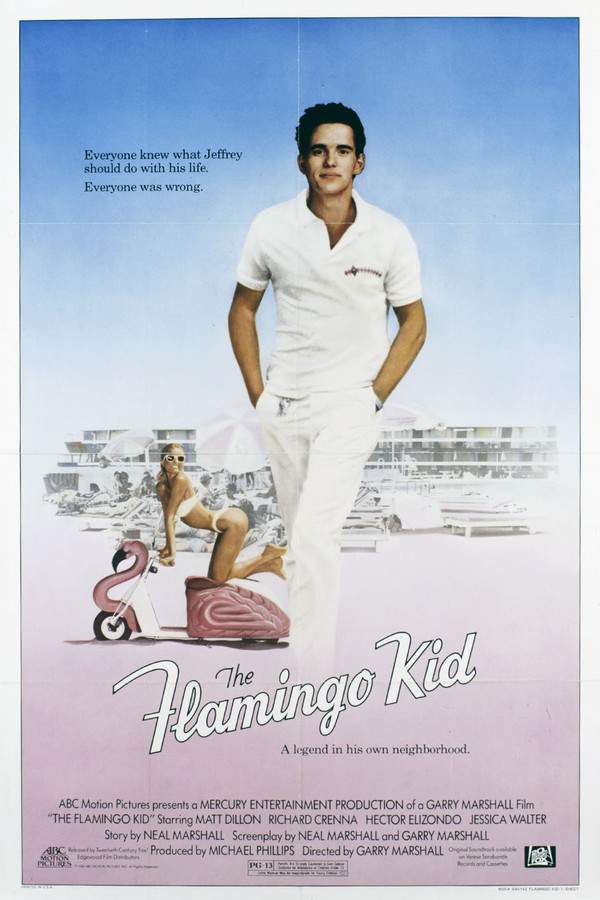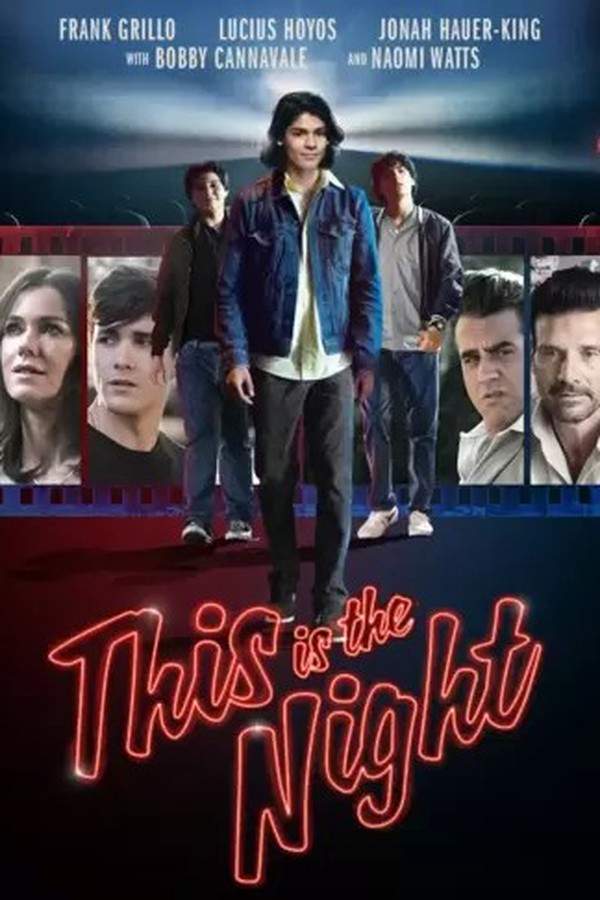Saturday Night Fever 1977
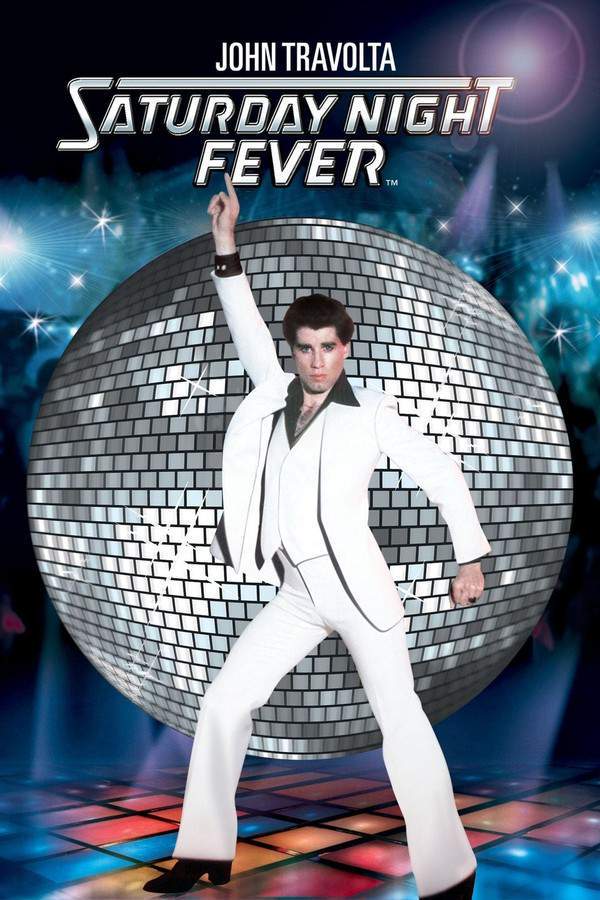
In 1970s Brooklyn, Tony Manero finds solace and recognition on the disco dance floor, where he's known as the king. During the week, he works a mundane job at a paint store, but Saturday nights are his time to shine, adorned in stylish floral shirts. Seeking more than his limited surroundings offer, Tony's life takes a turn as he encounters Stephanie, an ambitious dancer with dreams beyond their neighborhood, and his troubled priest brother.
Does Saturday Night Fever have end credit scenes?
No!
Saturday Night Fever does not have end credit scenes. You can leave when the credits roll.
Meet the Full Cast and Actors of Saturday Night Fever
Explore the complete cast of Saturday Night Fever, including both lead and supporting actors. Learn who plays each character, discover their past roles and achievements, and find out what makes this ensemble cast stand out in the world of film and television.
External Links and Streaming Options
Discover where to watch Saturday Night Fever online, including streaming platforms, rental options, and official sources. Compare reviews, ratings, and in-depth movie information across sites like IMDb, TMDb, Wikipedia or Rotten Tomatoes.
Ratings and Reviews for Saturday Night Fever
See how Saturday Night Fever is rated across major platforms like IMDb, Metacritic, and TMDb. Compare audience scores and critic reviews to understand where Saturday Night Fever stands among top-rated movies in its genre.


%
TOMATOMETER

0%
User Score

6.8 /10
IMDb Rating

67
%
User Score
Take the Ultimate Saturday Night Fever Movie Quiz
Challenge your knowledge of Saturday Night Fever with this fun and interactive movie quiz. Test yourself on key plot points, iconic characters, hidden details, and memorable moments to see how well you really know the film.
Saturday Night Fever Quiz: Test your knowledge on the cultural classic 'Saturday Night Fever' featuring Tony Manero and his journey through the disco scene of the 1970s.
What is the name of the main character in Saturday Night Fever?
Tony Manero
Frank Jr
Bobby C
Joey
Show hint
Awards & Nominations for Saturday Night Fever
Discover all the awards and nominations received by Saturday Night Fever, from Oscars to film festival honors. Learn how Saturday Night Fever and its cast and crew have been recognized by critics and the industry alike.
32nd British Academy Film Awards 1979
Best Original Music
Best Sound
50th Academy Awards 1978
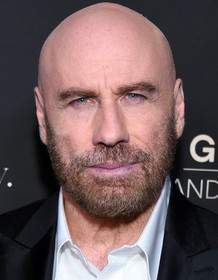
35th Golden Globe Awards 1978
Best Motion Picture – Comedy or Musical

Best Original Score
Best Original Song
Full Plot Summary and Ending Explained for Saturday Night Fever
Read the complete plot summary of Saturday Night Fever, including all major events, twists, and the full ending explained in detail. Explore key characters, themes, hidden meanings, and everything you need to understand the story from beginning to end.
In the opening scene, we meet Anthony “Tony” Manero (John Travolta), a 19-year-old Italian American from the Bay Ridge neighborhood of Brooklyn, New York City. He strolls with confidence through the streets on his way to his job at a local hardware store. His boss, Dan Fusco (Sam Coppola), appreciates Tony’s charm with customers, but he denies Tony’s request for a raise.
At home, Tony lives with his dysfunctional family: his alcoholic and abusive father, Frank Sr. (Val Bisoglio), his overbearing mother, Flo (Julie Bovasso), his non-English speaking grandmother (Nina Hansen), and his younger sister, Linda (Lisa Peluso). As Friday night approaches, Tony prepares for a night out, hastily dining with his family, who constantly compare him unfavorably to his older brother, Frank, Jr., a Catholic priest.
After dinner, Tony joins his close-knit group of friends—Joey (Joseph Cali), Double J (Paul Pape), Gus (Bruce Ornstein), and the shorter Bobby C. (Barry Miller)—along with Annette (Donna Pescow), a local girl yearning for a deeper relationship with him. They all squeeze into Bobby’s car, heading to the 2001 Odyssey discotheque, the vibrant venue where Tony and his friends spend their weekends, often emptying their pockets filled with paychecks.
Inside the club, the atmosphere is electric. Annette, hoping to dance with Tony, quickly realizes her romantic intentions will not be entertained; Tony brushes them off to watch a new girl, Stephanie Mangano (Karen Lynn Gorney), on the dance floor. Retreating to the bar, he is joined by Annette, who proposes that they partner up for the upcoming dance competition. Nevertheless, Tony insists their pairing is purely professional, despite the budding tension. Their night is interrupted when Joey distracts Tony to help bring Double J out of the car, where he is preoccupied.
A recurring element in the storyline includes the Verrazano-Narrows Bridge, a symbolic escape for Tony into a dream of a better life across the waters in suburbia.
The following Saturday morning reveals the friends’ cynicism about their futures, yet Tony receives the unexpected news of a pay raise from Fusco. However, his abusive father dismisses the news, igniting Tony’s frustration as he desperately clings to the recognition he garners from his dancing.
That night, at a dance studio, Annette seeks to move their relationship forward, but once again, Tony insists on keeping things platonic. As the evening progresses, Tony notices Stephanie practicing in a separate room and chases off Annette to pursue her. Their meeting is marked by tension, as Stephanie remains cool towards him.
The next day, Tony, brimming with enthusiasm, asks Stephanie out for coffee; she declines, citing their age difference and her higher aspirations working in the city, yet she agrees to be his partner in the dance competition, insisting their connection will remain non-romantic due to Tony’s perceived immaturity.
As time passes, Tony’s world begins to unravel when he learns Gus has been hospitalized by a Hispanic gang, the Barracudas. Additionally, Bobby C announces his intention to marry, a notion Tony ridicules. Tensions heighten when Tony informs Annette of his new dance partnership with Stephanie.
Their connection deepens during rehearsals; however, Stephanie continues to rebuff any romantic advances, challenging Tony’s pursuit of her affections. In a poignant moment, they dance to the Bee Gees’ “You Should Be Dancing,” capturing the crowd’s admiration and temporarily placing tensions aside.
As challenges and complications churn in their lives, including Bobby C’s existential dilemma about impending fatherhood, the boys find themselves wrestling with their identities and futures, leading to a dark night where Bobby C tragically falls from the bridge during a reckless moment spurred on by peer pressure.
Following the calamity, Tony is left feeling alienated, grappling with the fallout. He makes his way to Stephanie’s, where he finally apologizes and expresses his intention to stay in the city and change his life path. Their relationship matures as they embrace the possibility of friendship, reflecting hope amidst the turmoil. The film culminates in this poignant moment, leaving viewers with the notion that while the path ahead remains uncertain, there’s a sense of new beginnings on the horizon.
Uncover the Details: Timeline, Characters, Themes, and Beyond!

Coming soon on iOS and Android
The Plot Explained Mobile App
From blockbusters to hidden gems — dive into movie stories anytime, anywhere. Save your favorites, discover plots faster, and never miss a twist again.
Sign up to be the first to know when we launch. Your email stays private — always.
Watch Trailers, Clips & Behind-the-Scenes for Saturday Night Fever
Watch official trailers, exclusive clips, cast interviews, and behind-the-scenes footage from Saturday Night Fever. Dive deeper into the making of the film, its standout moments, and key production insights.
Cars Featured in Saturday Night Fever
Explore all cars featured in Saturday Night Fever, including their makes, models, scenes they appear in, and their significance to the plot. A must-read for car enthusiasts and movie buffs alike.
Saturday Night Fever Themes and Keywords
Discover the central themes, ideas, and keywords that define the movie’s story, tone, and message. Analyze the film’s deeper meanings, genre influences, and recurring concepts.
Saturday Night Fever Other Names and Titles
Explore the various alternative titles, translations, and other names used for Saturday Night Fever across different regions and languages. Understand how the film is marketed and recognized worldwide.
Articles, Reviews & Explainers About Saturday Night Fever
Stay updated on Saturday Night Fever with in-depth articles, critical reviews, and ending explainers. Explore hidden meanings, major themes, and expert insights into the film’s story and impact.
Similar Movies To Saturday Night Fever You Should Know About
Browse a curated list of movies similar in genre, tone, characters, or story structure. Discover new titles like the one you're watching, perfect for fans of related plots, vibes, or cinematic styles.
Quick Links: Summary, Cast, Ratings, More

What's After the Movie?
Not sure whether to stay after the credits? Find out!
Explore Our Movie Platform
New Movie Releases (2025)
Famous Movie Actors
Top Film Production Studios
Movie Plot Summaries & Endings
Major Movie Awards & Winners
Best Concert Films & Music Documentaries
Movie Collections and Curated Lists
© 2025 What's After the Movie. All rights reserved.


